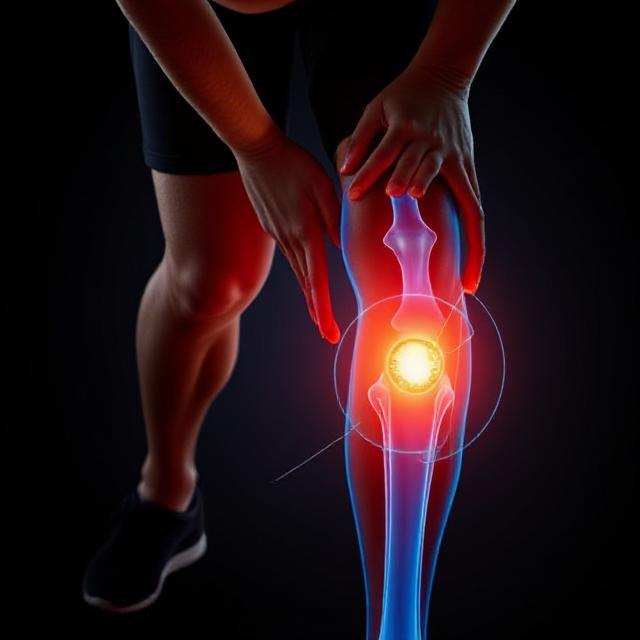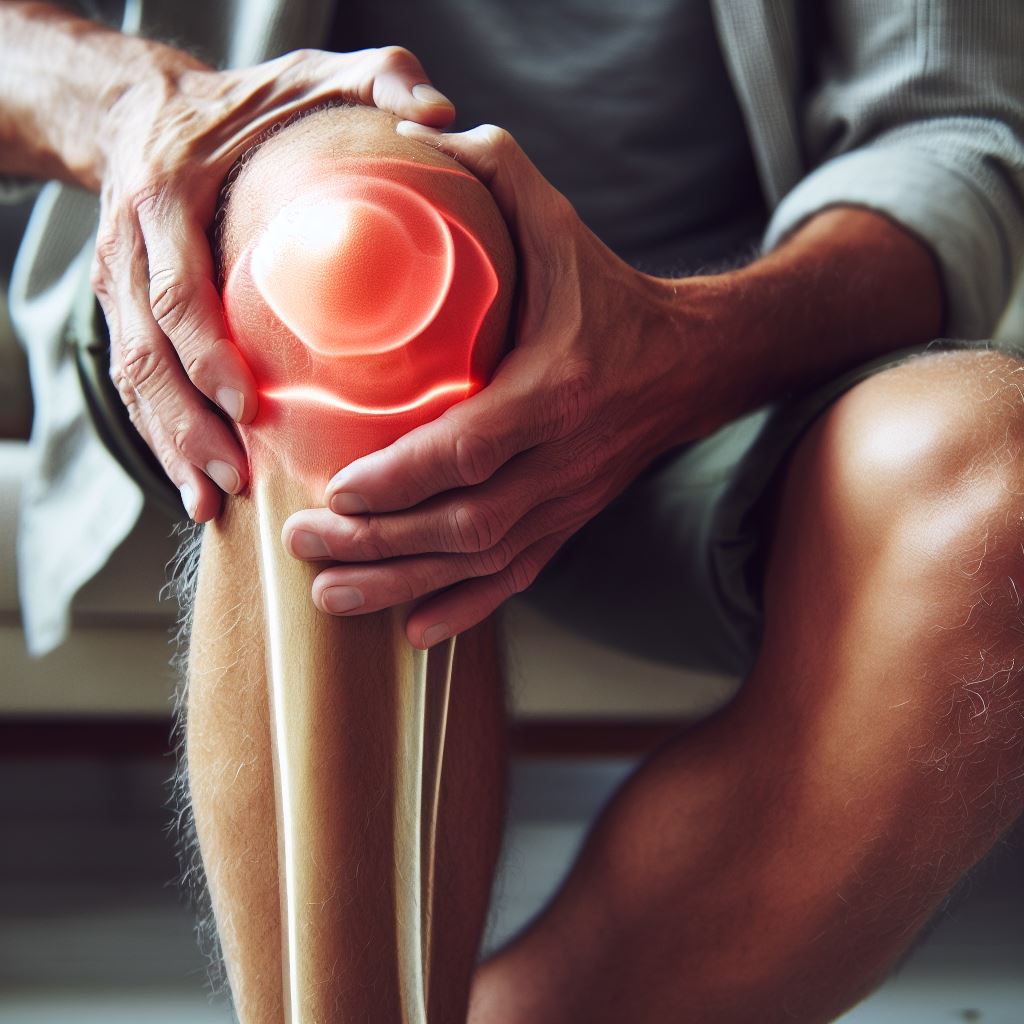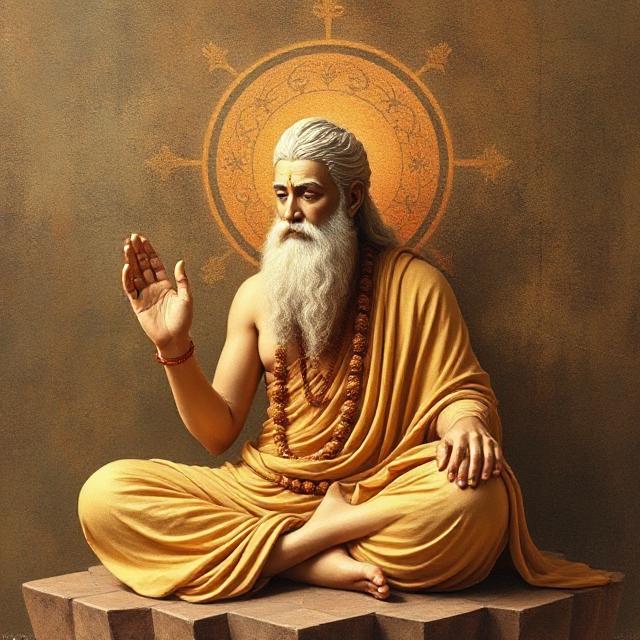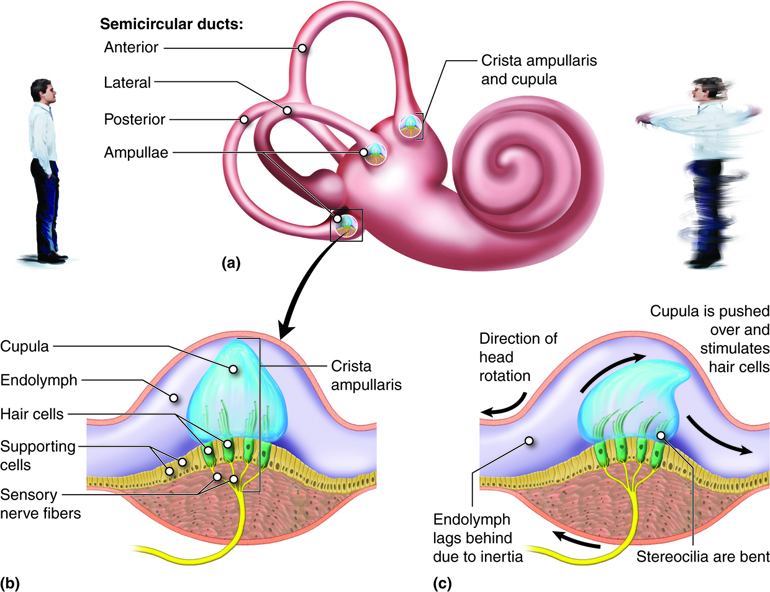Lost Cervical Lordosis
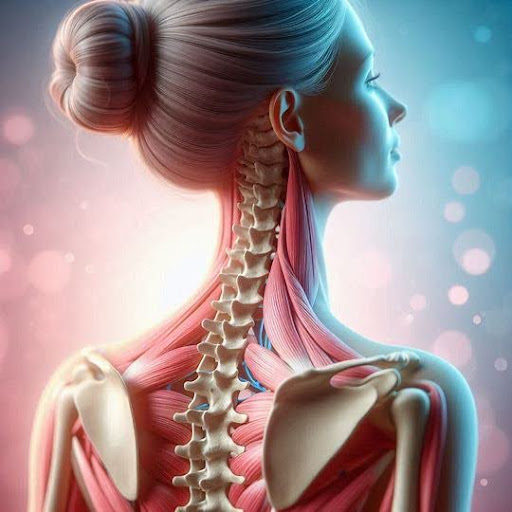
Lost Cervical Lordosis: A Common Issue Across Generations — Gen Z, Middle-Aged, and Seniors
The cervical spine naturally has a gentle inward curve called lordosis. This curve helps distribute weight and provides flexibility and support for the head and neck. When this curve is reduced, straightened, or even reversed, it is known as a loss of cervical lordosis.
Common Causes
1. Poor Posture: Prolonged poor posture, such as slouching or forward head posture, can lead to a loss of the natural curve. Using a laptop on a low height table, checking notebooks on a desk, using a pillow when sleeping supine and in other positions.
2. Degenerative Conditions: Conditions like osteoarthritis, disc degeneration, or spondylosis can alter the shape and alignment of the spine.
3. Muscle Imbalance: weakness in the neck muscles due to poor thoracic curvature.
Injury, trauma or Congenital Factors can also cause alignment issues.
Common Symptoms:
Neck Pain: Commonly experienced due to muscle strain or joint issues.
Headaches: Often related to tension in the neck and upper back.
Stiffness and Limited Range of Motion: Difficulty turning the head or moving the neck.
Fatigue: Muscle fatigue from trying to maintain proper alignment.
Neurological Symptoms: In severe cases, numbness, tingling, or weakness in the arms may occur due to nerve compression.
The DS method of permanent recovery has three phases.
1. Pain relief and alignment connection.
2. Strengthening of the corrected alignment.
3. Head to toe postural correction.
In this issue of medical yoga times you'll find answers to
the most common causes of neck pain. Use it for your benefit and help us spread the word around.
Dr. Deepak Sachdena theyoga@gmail.com
